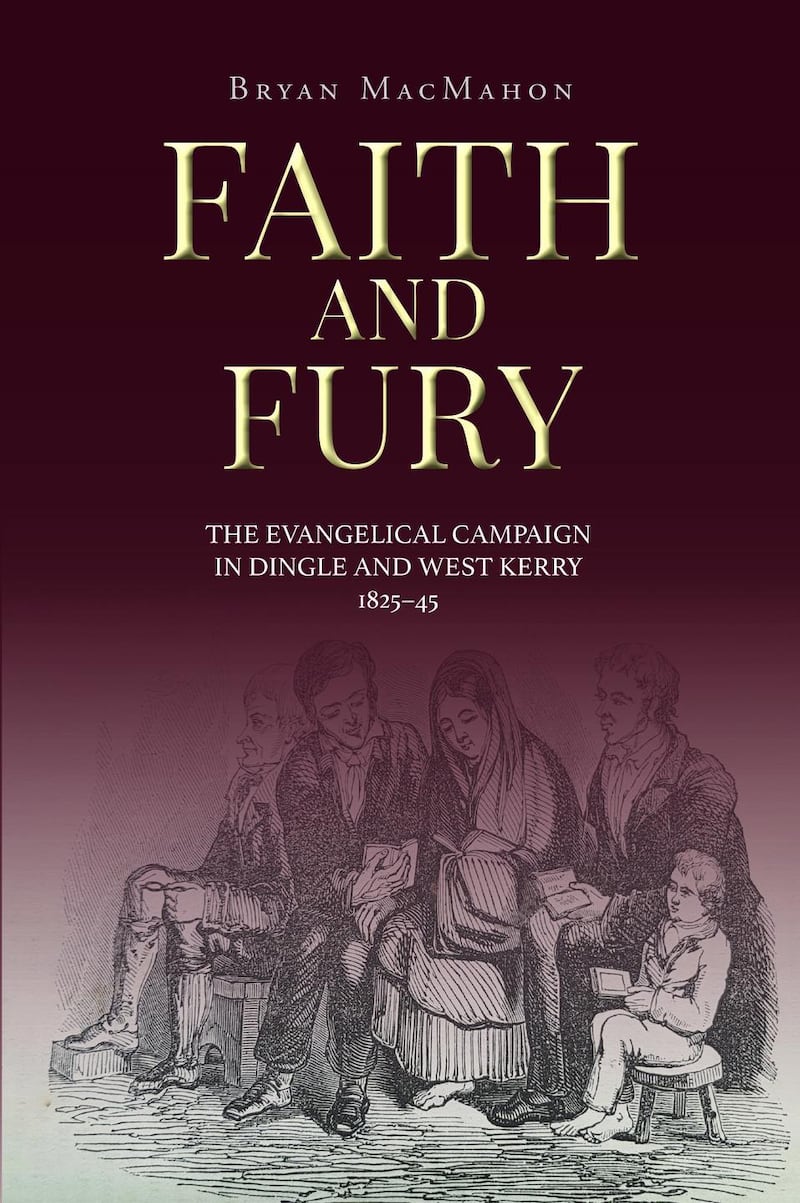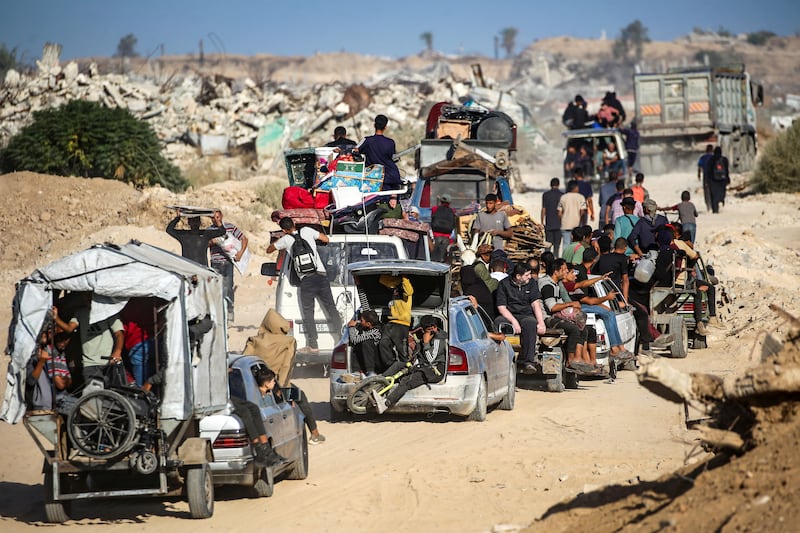St James's Church in Dingle is widely known today as the venue for an annual music festival, Other Voices, which attracts internationally renowned performers. "Other voices" is also the theme of this book, as it is a record of long-forgotten voices that resonated throughout west Kerry (Corca Dhuibhne), and were heard around Ireland and Britain, over several decades in the nineteenth century.
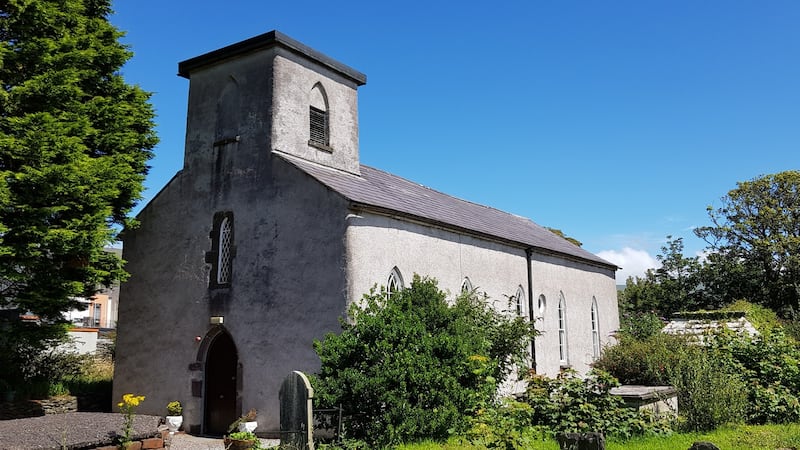
They were strident voices, and they could be judgmental, reproachful, provocative and challenging, but they could also be comforting, uplifting and inspiring. They were the voices in Irish of scripture readers and teachers who taught people to read in their own language, and the voices of evangelical clergymen in both Irish and English.
School primers and scripture extracts used by the evangelicals were the first Irish-language printed books that circulated in Corca Dhuibhne. The pleasure of learning to read in their own language attracted many people towards the schools, and it is likely that these Irish books influenced the extraordinary literary flowering on the Great Blasket in the 20th century.
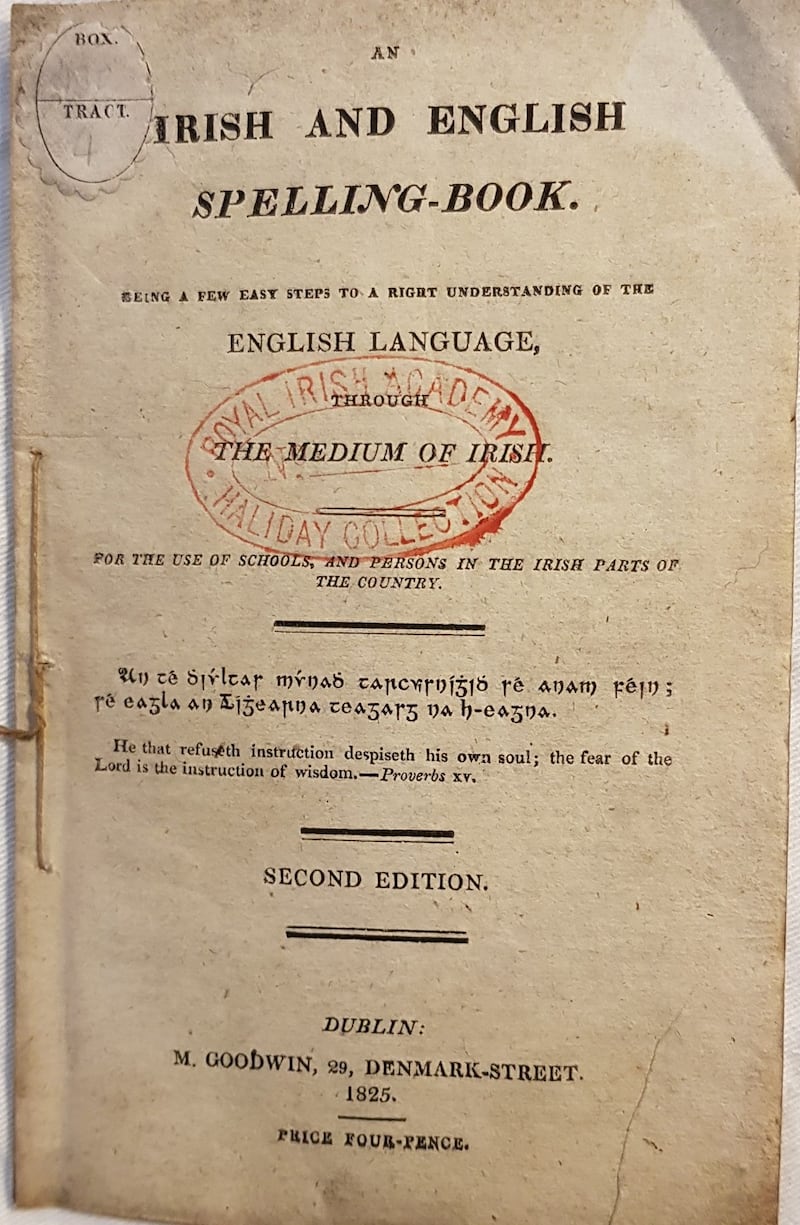
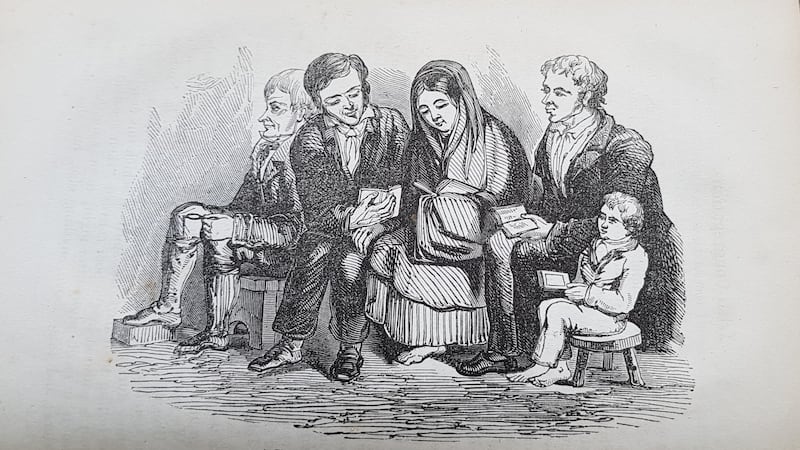
The first scripture readers and teachers worked in association with the Irish Society for Promoting the Education of the Native Irish through the Medium of Their Own Language, which had been established in Dublin in 1818. The evangelicals in west Kerry were collectively known as bíoblóirí or "biblers", and the term was appropriate, as the Bible was central to their work. They went on to build schools and churches in the villages west of Dingle, where the great majority of the population was Catholic, and where ministers of the Church of Ireland, the Established Church, had not previously sought converts.
The most influential evangelicals were Rev Charles Gayer, who presided in St James's, and Rev Thomas Moriarty, rector of Ventry. The latter was a local convert with a national reputation as a preacher. "Search the scriptures," these men advised the people of Corca Dhuibhne, challenging Catholic priests to point to the biblical sources of their doctrines.
In all, some 800 people (including children) changed their traditional religious allegiance in west Kerry before 1845, generating a furious response from Catholic priests. It was a period when zeal turned into zealotry, passions became inflamed, language became abusive, and actions became violent. Partisan newspapers fanned the flames of religious controversy, which reached a peak when a Catholic curate named Denis Brasbie sensationally converted.
Some converts endured significant hardships as a result of their decision, not least the severing of familial and communal ties. Dutiful Catholics followed the advice of their priests and boycotted converts, who were depicted as receiving great rewards and benefits. It took courage and independence for someone to walk away from family and friends, to become estranged from the wider community while still living in it.
Converts usually lost opportunities for employment, except from their new co-religionists, who could offer only a limited range of work. Advantages did accrue to converts, since there was a certain status in coming under the patronage of people who were powerful, influential and wealthy. Some converts were provided with low-rent accommodation in housing clusters known as “colonies” in Dingle and Ventry, and their children were educated in the mission schools, including one on the Great Blasket.
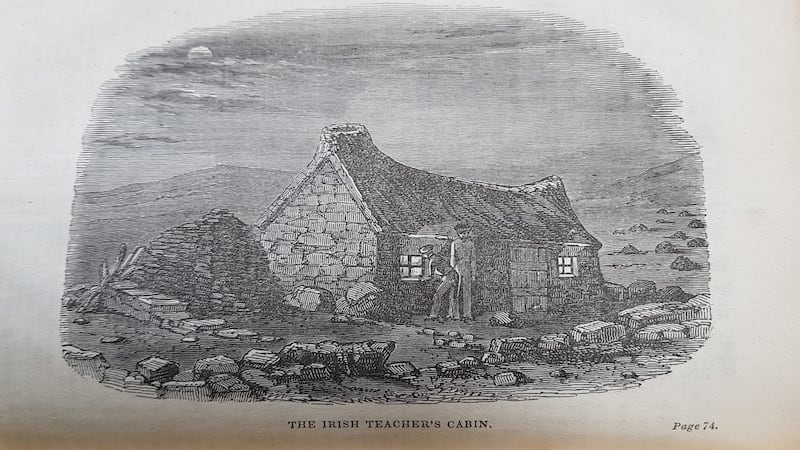

Evangelical leaders vehemently denied charges of bribery levelled against them, but in popular memory they have been depicted as devious, opportunistic proselytisers. Converts were described as perverts, soupers and turncoats, and the phrase “taking the soup” denoted a shameful act of betrayal. The term souper was first coined in the 1830s by a Dingle curate, Fr John O’Sullivan.
In the 20th century, the toxic legacy around conversion, linked to food provision during the Great Famine, resulted in a veil of silence being drawn over the story of the bíoblóirí for fear of stirring up old passions. But it is clear that the first wave of conversions, from 1825 to 1845 – fiche bliain ag fás – was more about hearts than about stomachs. One spirited convert told relatives who opposed her decision, “Don’t be calling me turncoat, it matters little which side of the coat is out – call me turned-heart.” Another rejoiced in the liberation of her new state: “My heart is as light in my breast as a bird.” Thomas Moriarty challenged his detractors: “Am I not Irish, heart and soul and tongue?”
This book is an invitation to listen to forgotten voices such as these, and to experience what it felt like to be a convert in west Kerry in the years before the Famine.
Faith and Fury: The Evangelical Campaign in Dingle and West Kerry, 1825-1845 by Bryan MacMahon is published by Eastwood Books this week, at €20.
